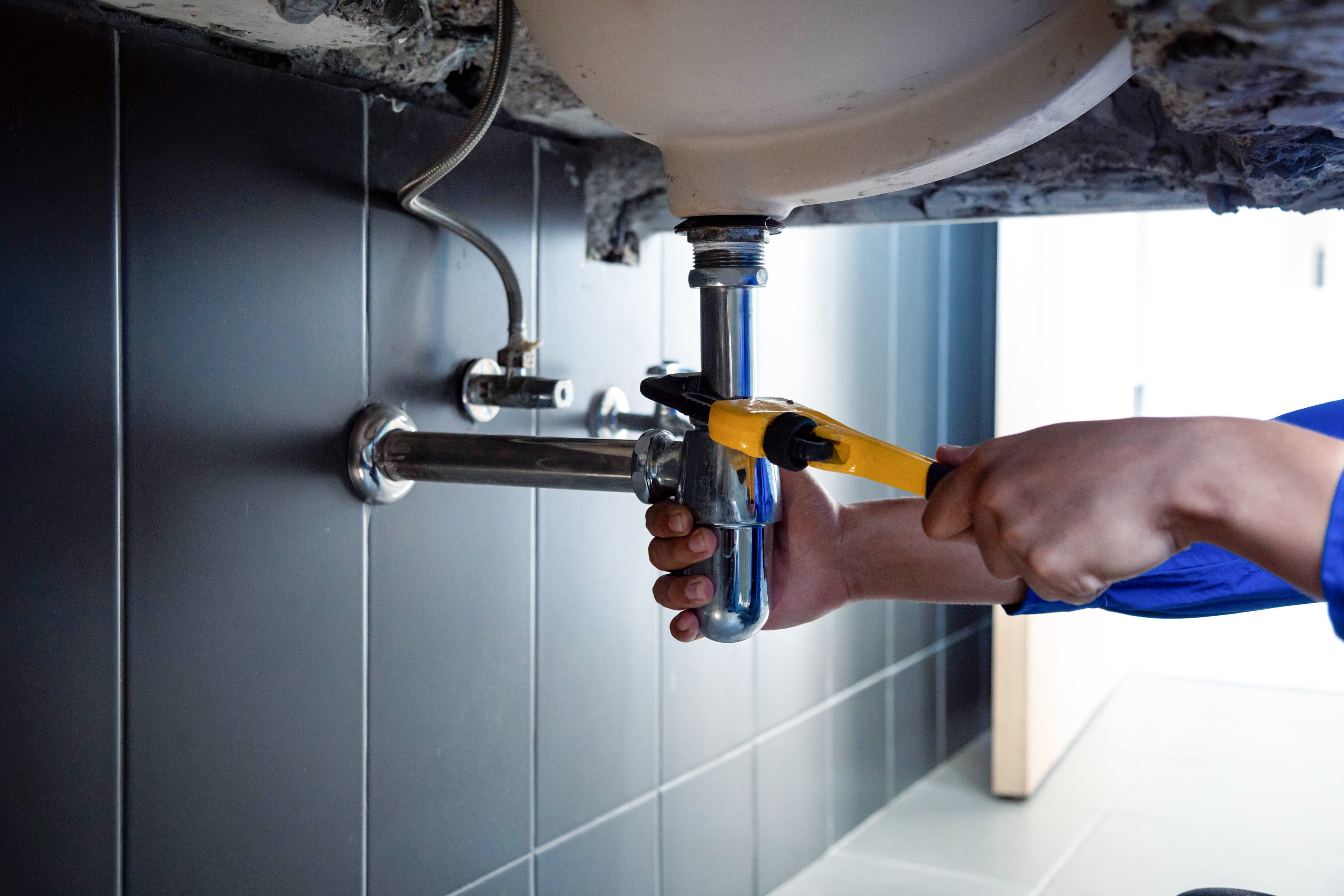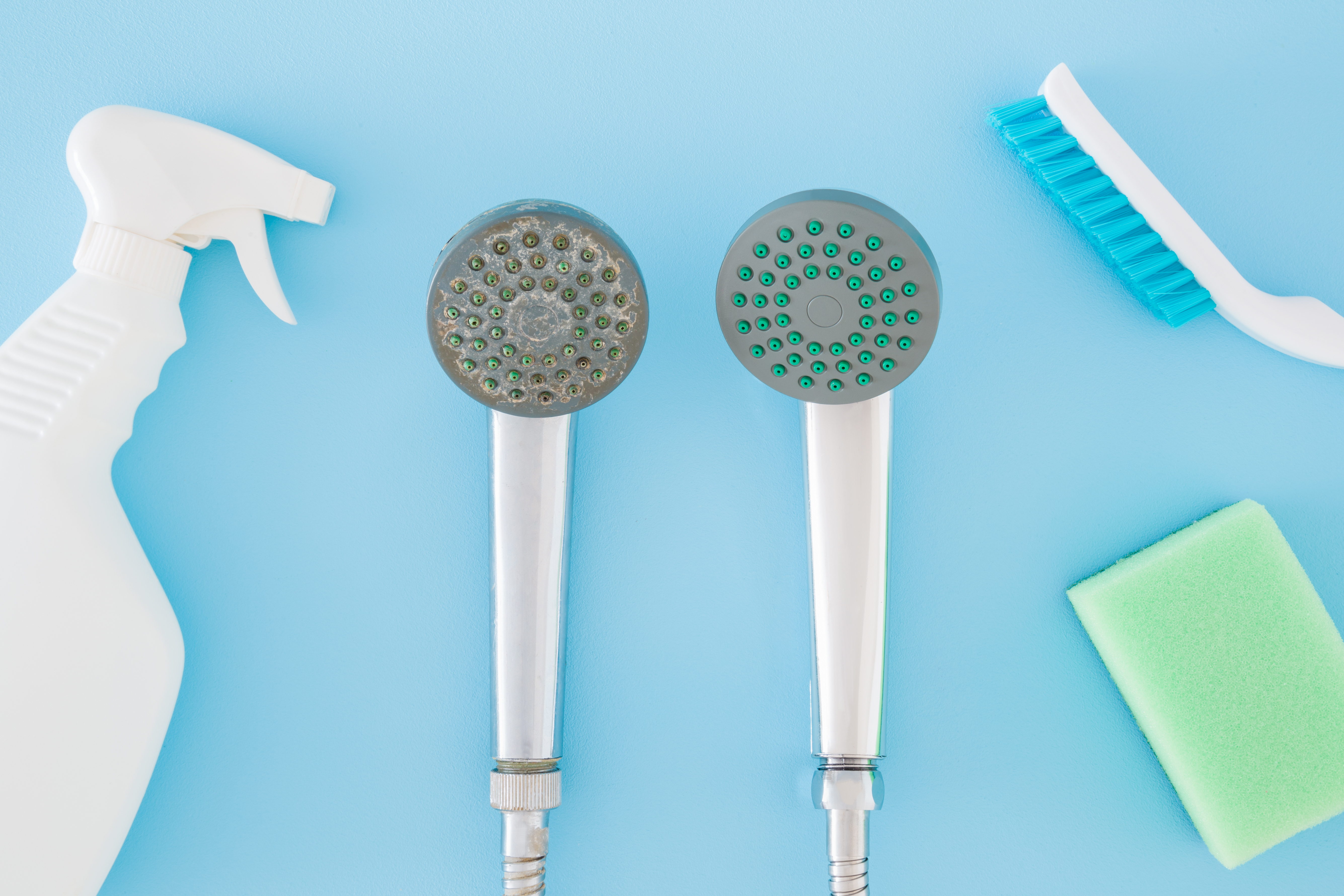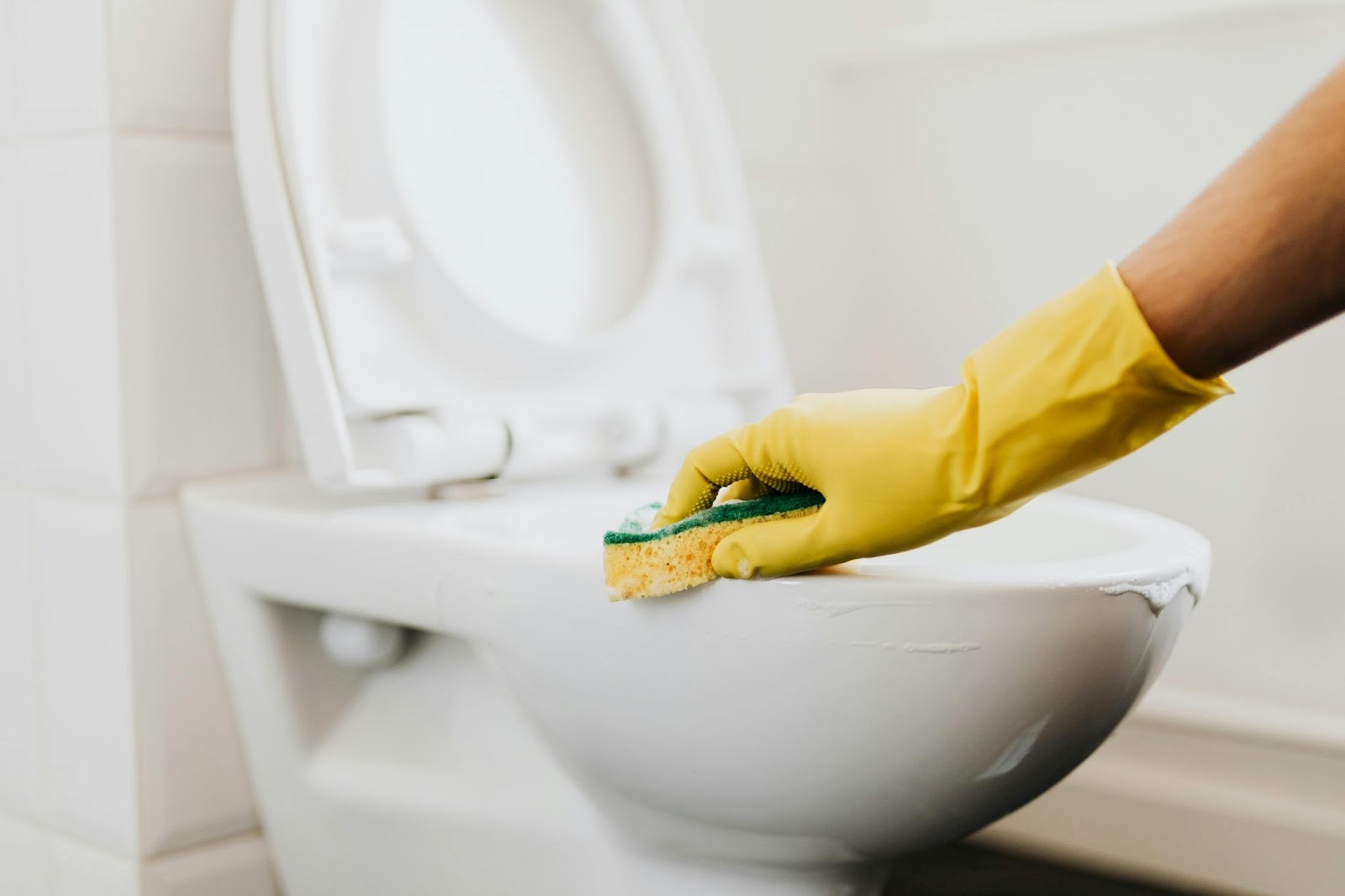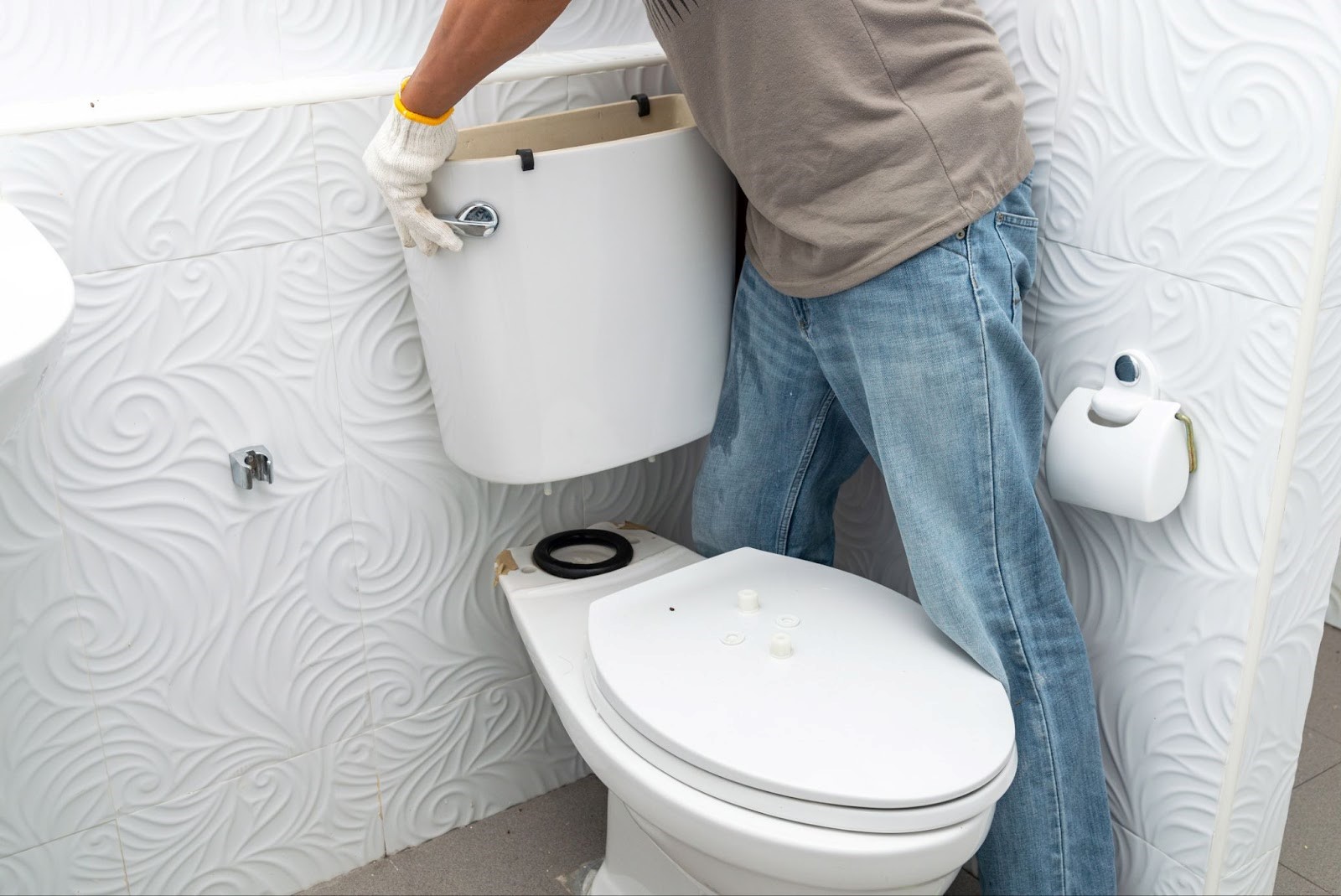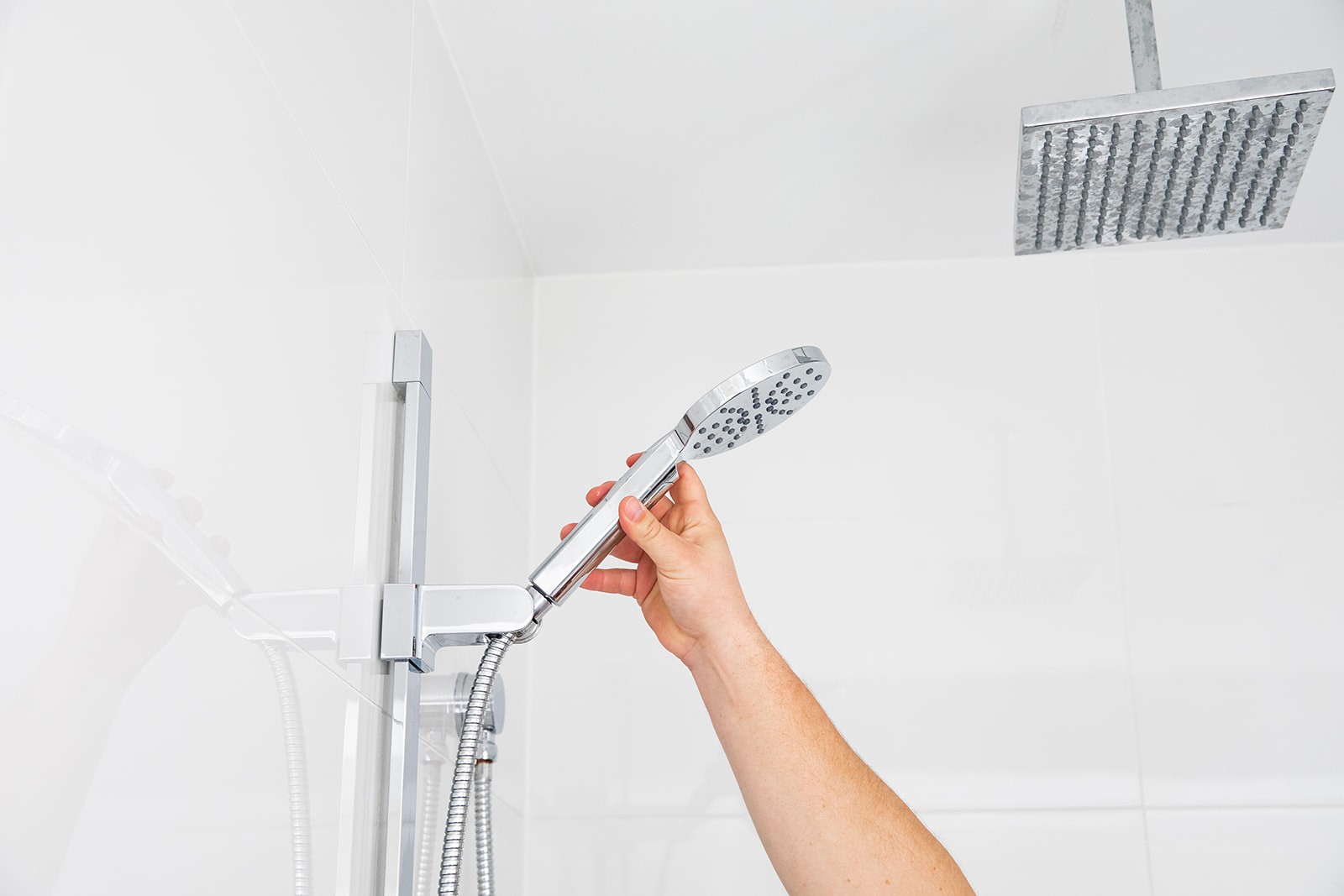Dealing with a water leak can be stressful, so let us help to try and take the stress out of the insurance claims that follow a water leak incident.
In this blog we guide you through the process of filing a water leak insurance claim in Australia.
We’ll cover everything from understanding the specifics of your coverage to providing practical tips on submitting your claim and preventative measures to help avoid the whole thing. Whether it’s a leaking roof or a broken water line, knowing how to effectively manage your insurance claim can make all the difference in securing the support you need for repairs and recovery.
Is There a Difference Between a Water Leak and Water Damage?
Water leak refers to the escape of water from plumbing systems or structures due to faults or failures, such as a cracked pipe or a loose connection. Water damage, on the other hand, results from water intruding where it can lead to destructive processes like rotting of wood, mould growth, rusting of steel, delamination of materials, and others. Essentially, a water leak is the cause, and water damage is the consequence.
Understanding Your Insurance Policy
To effectively submit a water leak insurance claim in Australia, you need to have a thorough understanding of your insurance policy, in particular your product disclosure statement. This means looking into the specifics of what is covered, especially regarding water leaks and related damages. Policies differ, and it’s key to find out whether incidents like “roof leaks” or “water line breaks” are covered.
In general, most insurance companies will not cover gradual water damage. A gradual water damage example could involve a slow leak from a pipe within a wall. Over time, this unnoticed leak can lead to significant structural damage, mould growth, and deterioration of wall materials.
However most policies do include sudden and accidental damage, an example of this could be a washing machine hose bursting while in use, causing an immediate flood in your laundry room. This type of event is typically covered by homeowners’ insurance because it is unexpected and not due to lack of maintenance or negligence.
When dealing with specific scenarios like roof leaks or burst water lines, it’s also important to know how your insurance policy responds. For roof leaks, check if your policy includes storm or accidental damage coverage. For water line breaks, determine if the policy covers repairs and water damage cleanup. Each scenario requires different documentation and proof of damage, so understanding your policy’s specifics helps navigate these situations effectively.
Familiarising yourself with these details helps you to advocate for your rights more effectively during the claim process, ensuring you’re prepared to present your case comprehensively. Always consult your insurance provider for the most accurate and detailed information regarding your coverage.
Making a successful Water Leak Insurance Claim
Now that we have clarified those points, let’s get into the details of making a successful water leak insurance claim. There are many insurance companies in Australia that work in their own ways but as a general guide this is what you need to know:
1. Immediately Document the Damage
As soon as you notice any water damage, it’s critical to start documenting everything. Take clear photos or videos from multiple angles, highlighting where the damage has occurred and its extent. If possible, include timestamps. This initial evidence can significantly strengthen your claim by providing your insurer with a clear understanding of the damage’s initial state. For instance, if a pipe bursts in your kitchen, capture the source of the leak, any standing water, damaged flooring, and affected appliances. This visual record will be important during the claims process.
2. Review Your Insurance Policy
As mentioned earlier, examining your insurance policy is essential to fully grasp your coverage related to water leaks. Look beyond general statements to find detailed explanations of what types of water damage are covered, such as damage from sudden leaks compared to ongoing neglect. Check the specifics of coverage limits, which dictate the maximum amount the insurer will pay for a claim, and note any excess you’ll need to pay.
3. Mitigate Further Damage
It’s important to act swiftly to minimise further damage once a water leak is discovered. Shutting off the water supply can prevent additional flooding, and covering leaks with temporary patches can reduce water spill. If you undertake emergency repairs, such as using a plumber to stop a leak or hiring professionals to dry out flooded areas, ensure you keep all receipts and records of the work done. These documents are required for your insurance claim, as they prove you’ve taken responsible steps to protect your property from further damage.
4. Contact Your Insurance Provider
When contacting your insurance provider, do so promptly. This initial contact is important as your insurer will outline the specific steps for filing your claim, including the necessary documentation and deadlines. They may require photos of the damage, repair estimates, and a detailed account of the incident. Following their guidance ensures your claim matches policy requirements, facilitating a smoother process. Keep a record of all communications with your insurer for reference throughout the claim process.
5. Fill Out Claim Forms Promptly
Filling out claim forms promptly and accurately is a must. Ensure you provide all required information, such as the extent of the water damage and any emergency repairs undertaken, backed by supporting documentation like photos, repair quotes, and receipts. This detailed submission helps the insurance adjuster understand the claim’s validity and urgency, potentially speeding up the approval process. Attention to detail and thoroughness in this step can significantly influence the outcome of your claim.
6. Assessment by an Adjuster
If/when an insurance adjuster visits to assess water damage, ensure you’re ready to clearly demonstrate the damage’s scope. Prepare to walk them through the affected areas, highlighting the damage’s impact and discussing necessary repairs. This is an opportunity to present your case effectively, ensuring the adjuster fully understands the extent of the damage and the justification for your claim. Being organised and forthcoming with information can facilitate a more accurate assessment and smoother claim process.
7. Keep Records
Keep a clear record of every interaction with your insurance company. This includes saving emails, writing down what was discussed in phone calls, and noting any decisions about your claim. Keeping everything organised in one place can help if you need to look something up or if there are any questions later on. This careful tracking can help make sure your claim goes smoothly.
Tips for Water Leak Prevention
Who wants to spend their valuable time doing all of that? Not us and probably not you.
If you are a homeowner it pays to be proactive. Preventing water leaks (such as from burst flexi hoses) involves regular maintenance and inspections. By taking a little bit of time doing the steps below it can end up saving you a whole lot of time and money in the long run.
- Ensure plumbing systems, including pipes and appliances, are in good condition.
- Installing water detection devices can alert you to leaks early.
- Keep gutters and downpipes clear to prevent water buildup.
- Insulate pipes to prevent freezing and bursting in cold weather.
- Being proactive and addressing small issues promptly can significantly reduce the risk of major water leaks and the subsequent damage they can cause.
Leak Detection Services
At DCM Plumbing, we understand the stress and damage a water leak can cause, which is why we offer specialised leak detection services on the Gold Coast. Our experienced team uses the latest technology to swiftly identify and repair leaks, preventing further damage and aiding in the process of making successful water leak insurance claims. Our goal is to minimise disruption and costs for our customers, ensuring peace of mind and security in their homes. For more about our leak detection services and how we can help protect your property, visit our leak detection page or burst pipe page.



